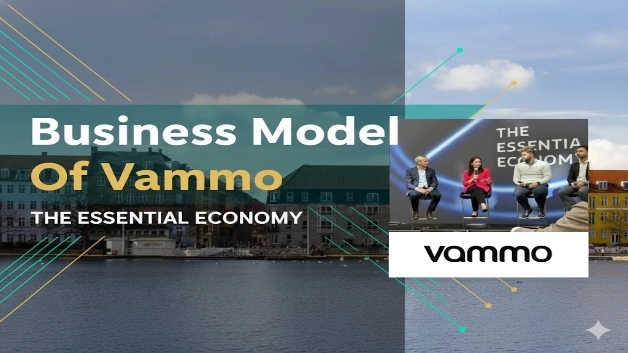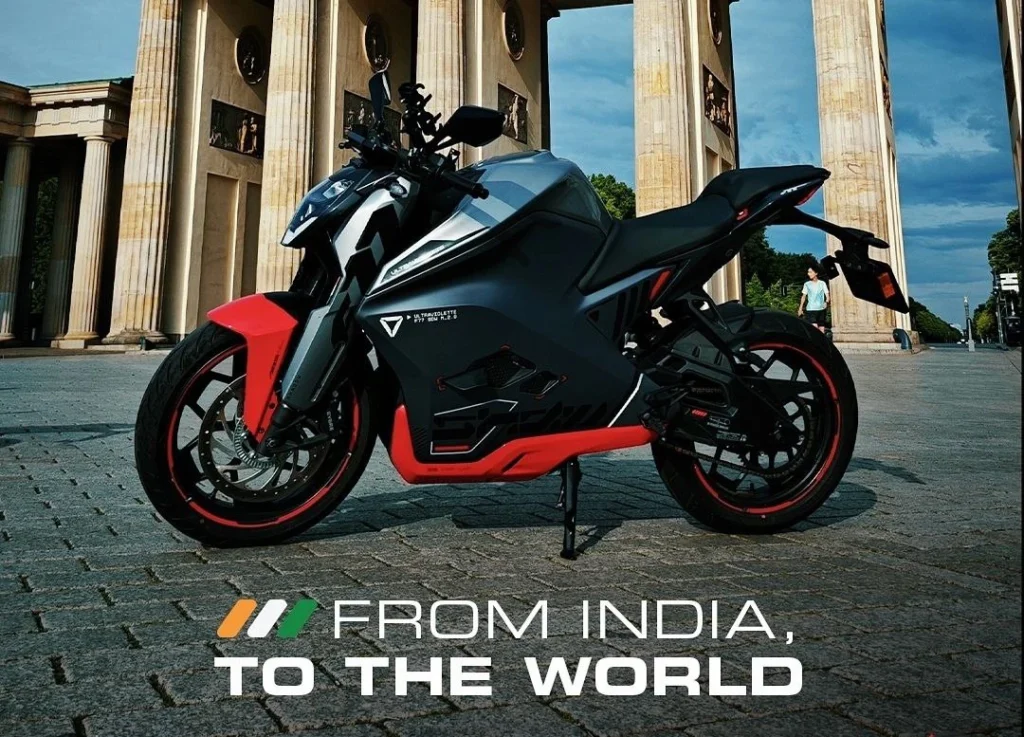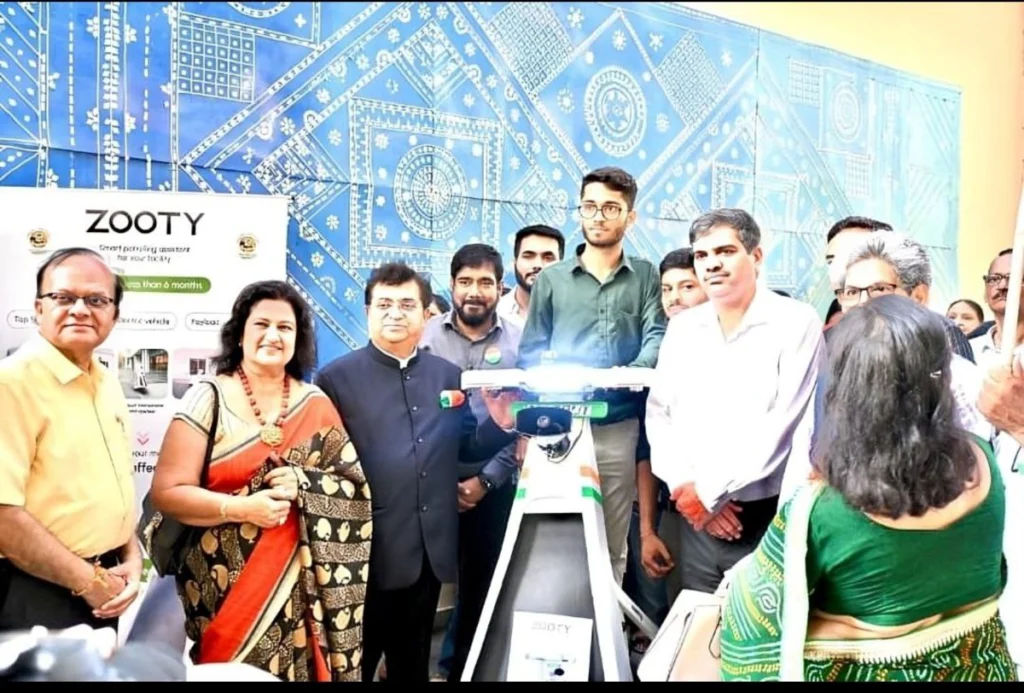| Category | Details |
|---|---|
| How Vammo started | Business Model Of Vammo: Vammo was founded in 2022 in São Paulo, Brazil, by a group of engineers and clean-mobility entrepreneurs aiming to solve the inefficiencies of Latin America’s congested urban logistics network. The idea was simple but ambitious: create a fully integrated electric motorcycle ecosystem tailored to delivery riders who depend on speed, affordability, and uptime. Instead of competing on vehicle design alone, Vammo built a subscription-based model combining e-motorcycles, battery-swap stations, fleet management software, and financing options. The company’s founding vision emerged from Brazil’s lack of reliable charging infrastructure and the need to reduce fuel costs and emissions in the gig-economy delivery market. |
| Present condition of Vammo | The company recently secured $45 million in a Series B funding round led by Ecosystem Integrity Fund, with participation from Monashees, Maniv Mobility, Qualcomm Ventures, and Construct Capital. This capital push values the startup among the most promising clean-mobility players in Latin America. Vammo currently operates over 5,000 connected e-motorcycles and maintains 150 battery-swap stations across São Paulo, recording tenfold annual growth since launch. Manufacturing is expanding through a new facility in the Manaus Free Trade Zone to scale production while reducing costs and import dependencies. The company’s integrated model—hardware, software, infrastructure, and financing—positions it strongly within the urban delivery and fleet-management space. |
| Future plans of Vammo and industry | The long-term outlook appears robust as Latin America accelerates toward decarbonization and digital mobility solutions. Electric two-wheelers are projected to dominate fleet electrification in emerging markets due to affordability and lower energy requirements. Vammo’s strategy aligns perfectly with this macro-shift. Over the next five years, the company plans to expand into Mexico, Colombia, and Chile while deepening partnerships with logistics and e-commerce giants like iFood and Rappi. The broader e-mobility sector in the region is estimated to exceed $10 billion by 2030, creating massive opportunities for platforms offering integrated energy and transportation solutions. If executed well, the company could evolve into the “Gogoro of Latin America,” controlling both the vehicle and the energy infrastructure layers. |
| Opportunities for young entrepreneurs in Vammo | The company’s rise highlights a powerful lesson for emerging founders: market transformation often begins where infrastructure gaps exist. Entrepreneurs can explore satellite opportunities in clean-energy logistics, predictive maintenance, fleet analytics, and circular battery recycling. Vammo’s ecosystem approach shows how combining hardware innovation with recurring-revenue software models can attract institutional capital in traditionally hardware-heavy industries. The shift toward green transport and smart urban systems opens avenues in IoT, AI-driven route optimization, financing solutions for gig riders, and sustainable manufacturing. Startups building complementary tech around existing platforms can participate in the same supply chain revolution reshaping mobility. |
| Market share of Vammo | Though still early, the company is quickly capturing the high-utilization delivery vehicle niche in Brazil’s major cities. Analysts estimate its penetration at roughly 20% of São Paulo’s electrified two-wheeler market, a figure expected to rise sharply as swap-station density increases. Regional competitors remain fragmented, and no single incumbent dominates the e-motorcycle ecosystem with a similar vertically integrated approach. The firm’s local manufacturing plan under Brazil’s incentive programs further strengthens its regional advantage. By controlling both production and infrastructure, it maintains leverage over pricing, reliability, and expansion speed—factors critical in fast-moving logistics networks. |
| MOAT (competitive advantage) | The company’s core moat lies in integration and control across the value chain. Unlike pure-play vehicle producers or charging-station providers, it owns the full stack—vehicle design, battery technology, swap infrastructure, telematics software, and financing. This closed ecosystem creates switching costs for delivery partners who rely on real-time analytics and instant battery exchange. Additionally, its first-mover status in Latin America, coupled with a deep understanding of regulatory and environmental dynamics, gives it a defensive position against international entrants. Localized production and partnerships with food-delivery and logistics giants ensure high utilization of its stations and strong brand loyalty. |
| How Vammo makes money | Vammo operates a hybrid business model generating both transactional and recurring revenue. It sells or leases electric motorcycles under subscription plans that include maintenance, insurance, and energy access via its battery-swap network. Riders pay a fixed monthly fee or per-swap usage charge, providing predictable cash flow. Fleet operators and corporate clients can also integrate Vammo’s telematics platform to monitor usage and optimize delivery performance. Additional revenue stems from partnerships with delivery companies, data analytics services, and government sustainability programs. This diversified income structure shields the firm from volatility in any single revenue stream while promoting long-term customer retention. |
| Summary insight | The $45 million funding of Vammo underscores that mobility innovation in emerging markets now depends on system integration, not just cleaner vehicles. The company Vammo exemplifies how combining technology, infrastructure, and service models can create defensible growth in sectors historically seen as capital-heavy. As urbanization intensifies and sustainability pressures mount, its strategy to own the interface between rider, vehicle, and energy network could turn it into one of Latin America’s defining industrial-tech players. With battery-swap density expanding, cost advantages compounding, and regulatory trends aligning, the company stands at the forefront of the region’s shift from combustion logistics to clean, connected mobility. |
I’m Araib Khan, an author at Startups Union, where I share insights on entrepreneurship, innovation, and business growth. This role helps me enhance my credibility, connect with professionals, and contribute to impactful ideas within the global startup ecosystem.




